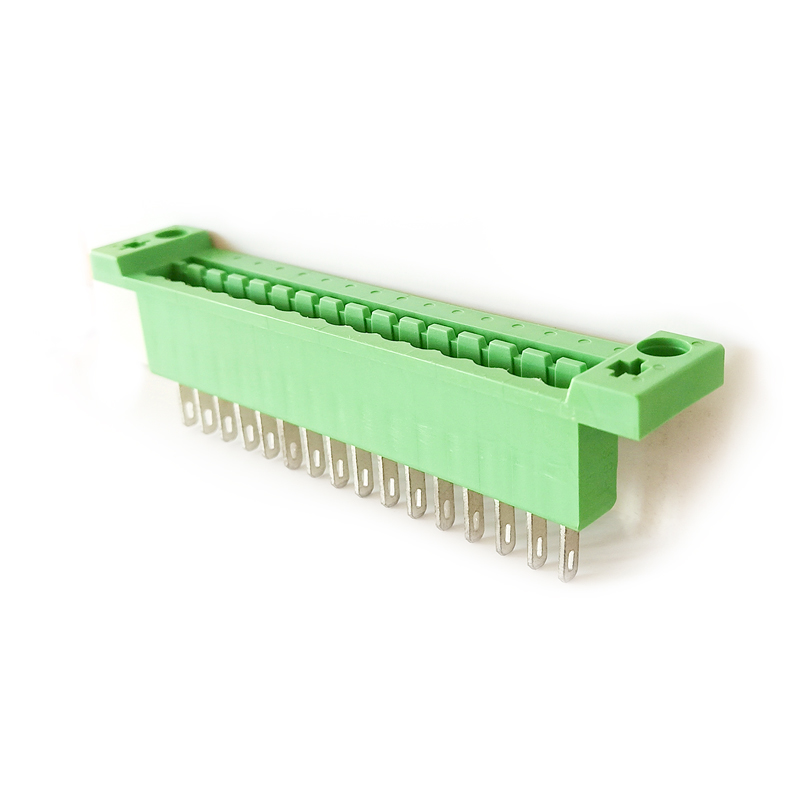I. Cell Recovery and Culture
The tumor cells stored in liquid nitrogen or at -80°C are rapidly thawed in a 37°C water bath. Once the cells are swollen, they are mixed with 8.0 ml of culture medium and centrifuged at 1500 rpm for 3 minutes. The supernatant is discarded, and the cell pellet is resuspended in 8.0 ml of fresh culture medium. After another centrifugation at 1500 rpm for 3 minutes, the supernatant is removed again, and the cells are suspended in 1.0 ml of medium for use. A new 75 cm² flask is prepared by adding 14.0 ml of culture medium, followed by the addition of the 1.0 ml cell suspension. The cells are then incubated at 37°C in a 5% COâ‚‚ environment. If the cells are in suspension, the medium will turn yellow within 3–4 days. At this point, 5.0 ml of the cell suspension can be subcultured into a new flask. This process can be repeated across 3–4 flasks, allowing the tumor cells to grow exponentially. When the cell count reaches approximately 1–1.5 × 10â·, the number of passages can be determined based on experimental requirements. If the cells grow adherently, after 3–4 days, they will form an 80–95% monolayer. The supernatant is then removed, and the cells are treated with 0.5 mM EDTA (or 0.25% trypsin, 1.0 ml) for about 3–5 minutes. Under an inverted microscope, when approximately 90% of the cells round up, they can be gently detached using a curved pipette and transferred to a 15 ml centrifuge tube. After centrifuging at 1500 rpm for 3 minutes, the supernatant is discarded, and the cell pellet is resuspended in a small amount of medium. These cells are then used to expand the culture in three 75 cm² flasks.2. Cell Cryopreservation
Tumor cells in logarithmic growth phase are collected in a 75 cm² flask as described above. They are centrifuged at 1500 rpm for 3 minutes, the supernatant is removed, and the cell pellet is resuspended in 3.0 ml of a cryopreservation solution (10% DMSO in fetal bovine serum). The mixture is then aliquoted into 2–3 cryotubes. Each tube should be labeled with the cell line name, date, and researcher's name. The tubes are stored at -80°C overnight and then transferred to liquid nitrogen for long-term preservation (Note: Cells stored at -80°C can last 6–12 months, while those in liquid nitrogen can be preserved for 5–10 years or more). All materials used in the procedure must be sterilized at 121°C for 30 minutes. The culture medium is filtered through a 0.22 μm filter. All steps must be performed under strict aseptic conditions to prevent contamination from bacteria, fungi, viruses, or other pathogens.The composite terminal is a typical representative of the connector (CONNECTOR), which is composed of a plug (female) and a socket (male) to realize the connection function. For the transfer of voltage, current and signal, this series is characterized by safe, reliable and stable contact, and is mainly used in electric power, communication, industrial control and other industries.

composite terminal block,component terminal block,composite terminal block adapter
Sichuan Xinlian electronic science and technology Company , https://www.sztmlch.com